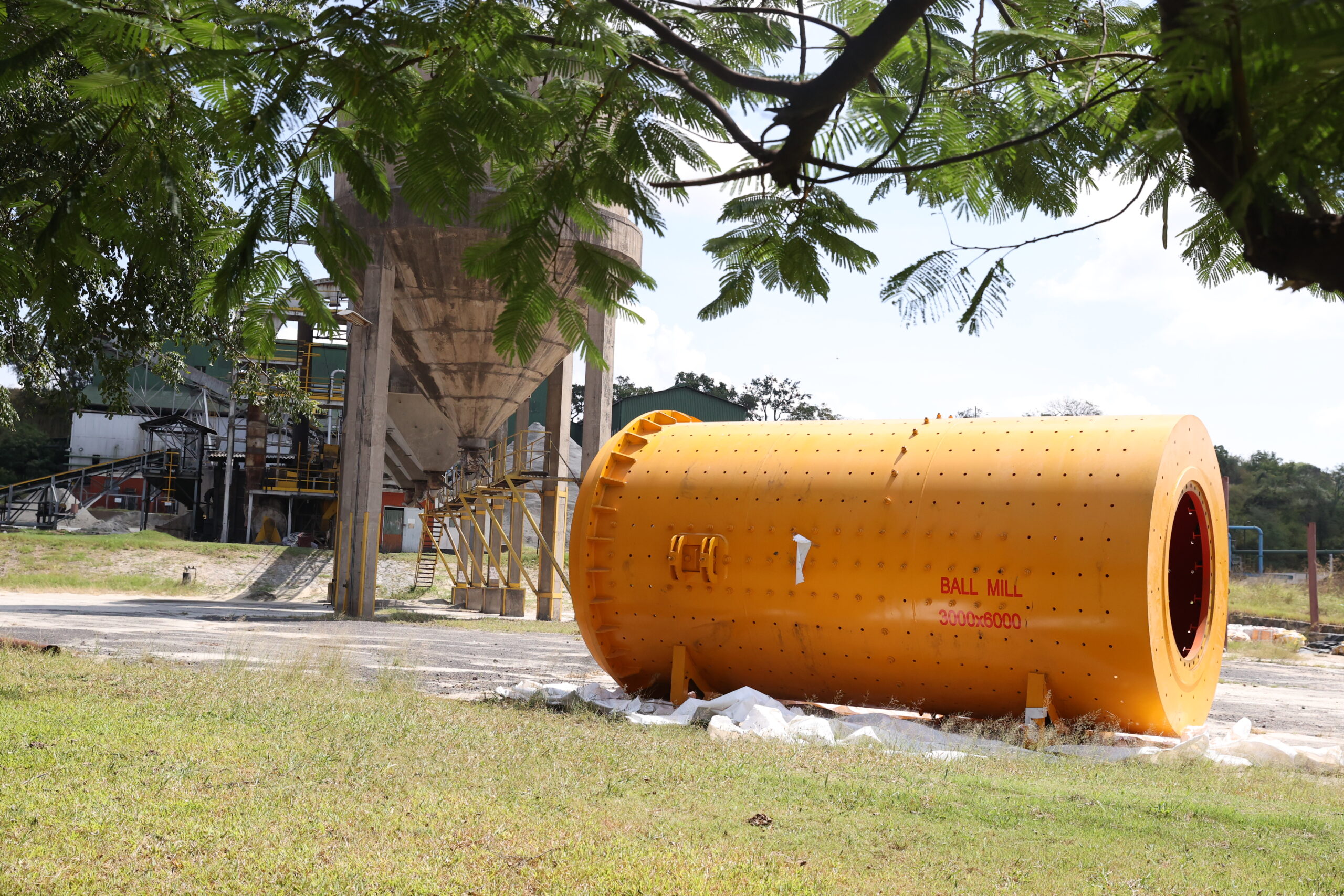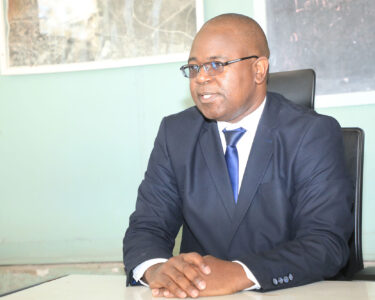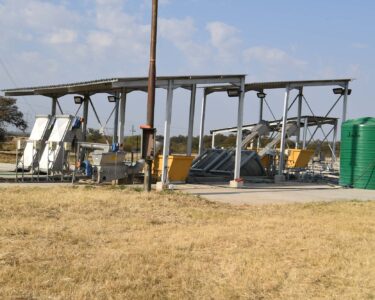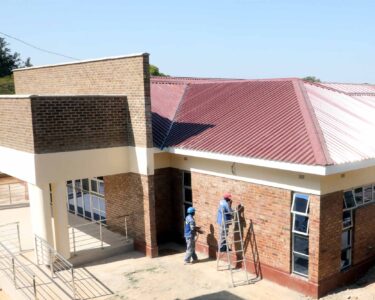Dorowa Minerals’ role in Zimbabwe’s agricultural sector is not only well-known but well-documented. Located in Buhera District, it is the country’s sole producer of phosphate, a key ingredient in the manufacture of basal fertilisers. Without basal fertiliser, Zimbabwe’s agriculture would easily grind to a halt, thereby threatening the country’s quest for food security.
Under the National Development Strategy 1(NDS1), fertiliser manufacturing is identified as a top priority. However, as our Editor-in-Chief Munyaradzi Huni recently found out, Dorowa Minerals is on the verge of shutting down its operations. Something has to be done, and done fast.
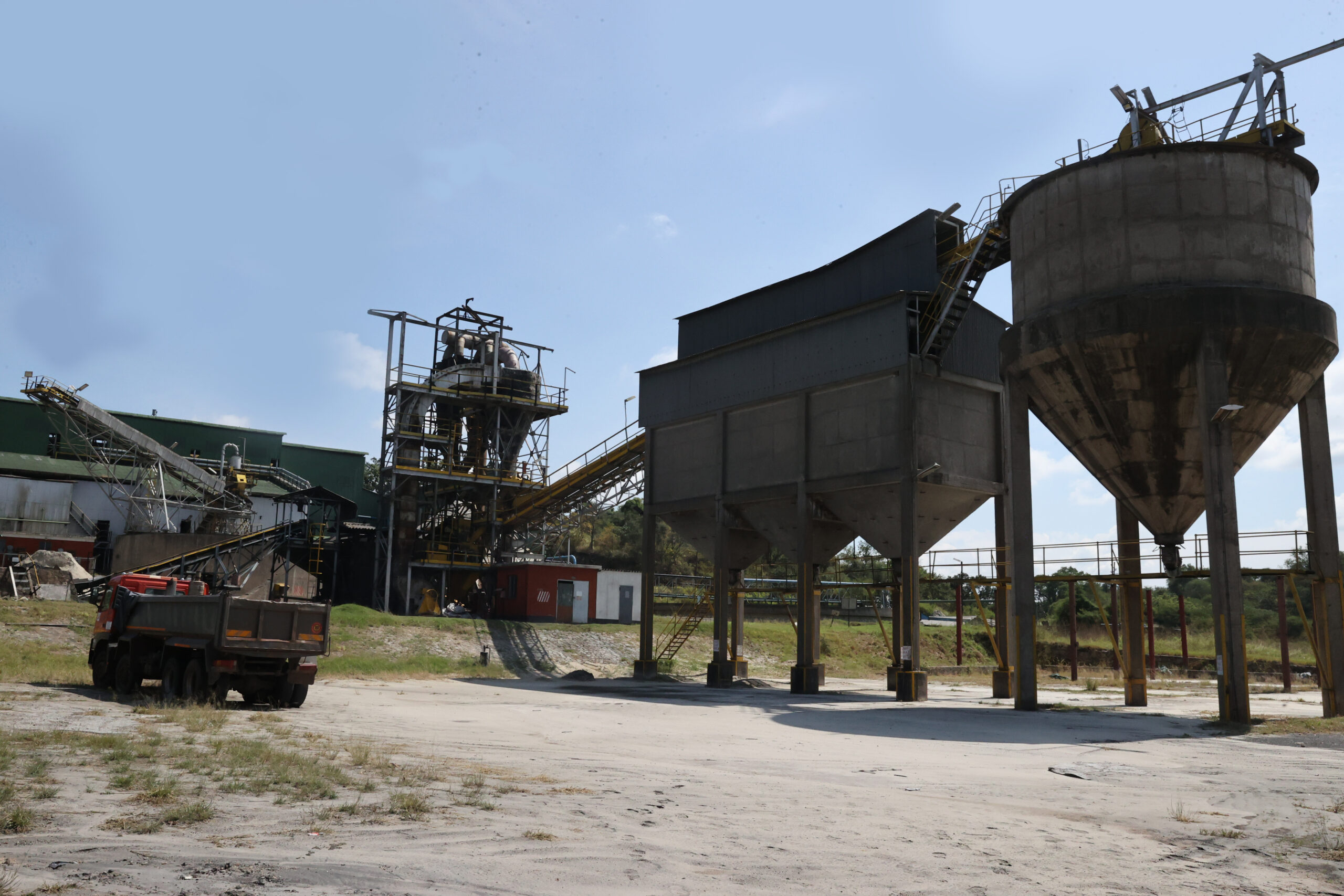
Dorowa Minerals is wholly-owned by Chemplex Corporation, which falls under the Industrial Development Corporation (IDC), an investment vehicle under the Ministry of Industry and Commerce.
It is the only producer of phosphate in Zimbabwe and sits on large deposits of phosphate ore, making it a strategic player in the country’s economic development.
In view of Dorowa Minerals’ strategic importance, the Brick by Brick magazine editors decided to pay a “courtesy call” on the mine. Accompanying the team was the director for economic affairs and investment in Manicaland Province, Munyaradzi Rubaya. However, our hearts sank when we reached the mine because what we saw – and later heard – was at odds with our expectations.
Here was a mining company clearly in distress. Before the questions came raining down, Brick by Brick magazine gave the Dorowa Minerals’ production manager, Edward Charidza, the opportunity to give us his side of the story.
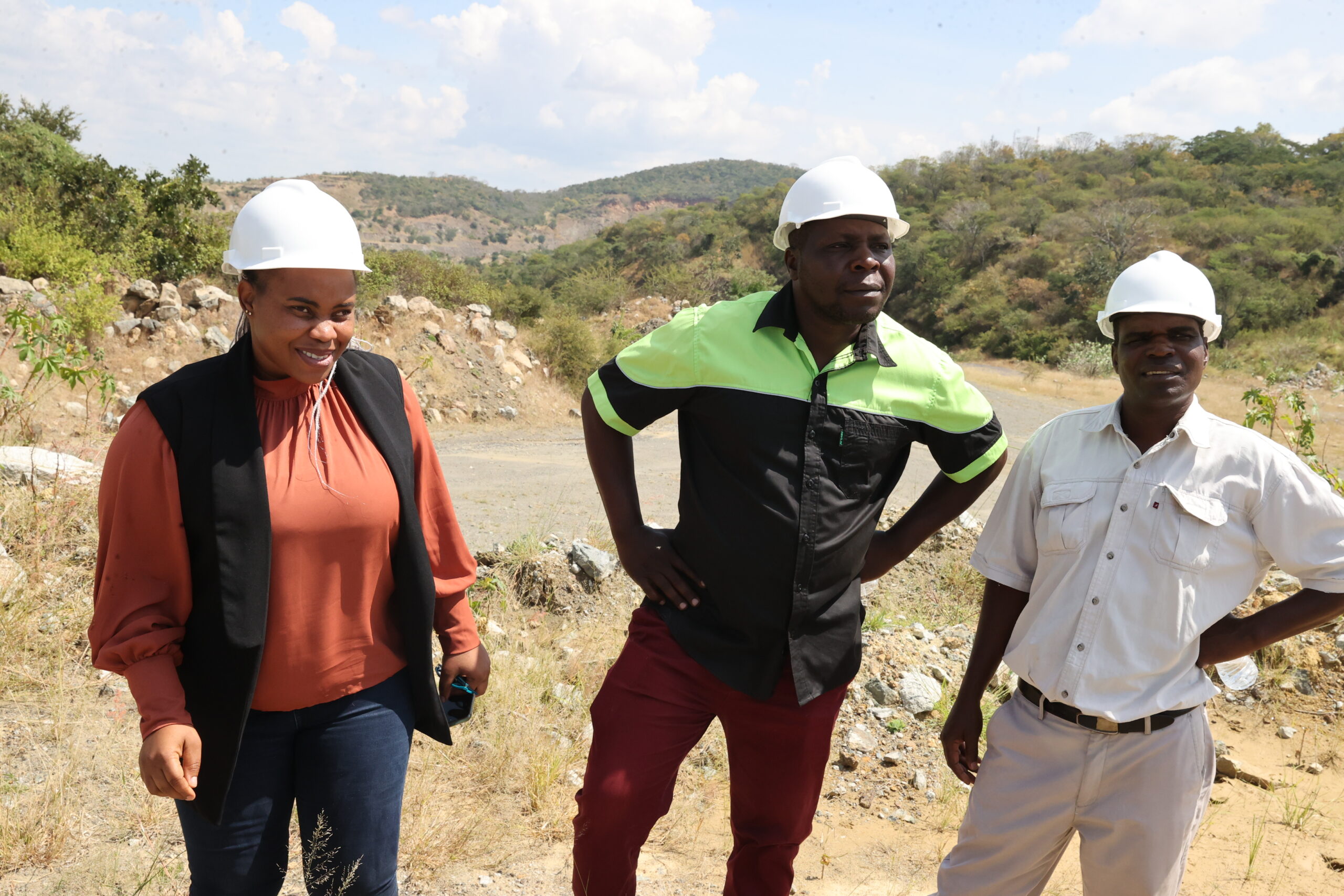
Said Charidza: “Dorowa is basically an open-cast mine, which makes it possible for us to use a combination of 2 mining methods — drilling and blasting. We have enough ore deposits at Dorowa to last us the next 60 years. Unlike the practice at other mines, the ore is not crushed first, but fed straight into the mill. After the milling process, the milled material undergoes flotation from which we obtain our phosphate. The wet phosphate is then dried and taken to Zimphos, where it is converted into super phosphates used in the production of fertiliser.
“We have been operating at 35% capacity mainly because this plant is now antiquated. The plant needs urgent refurbishment to bring it back to its full capacity utilisation of 12,000 tonnes per month. We are not in a position to do that, which means we will not meet the local demand for fertiliser for the next farming season.
“This plant was established in 1965, and the last refurbishment was done in 1973. I am appealing to government to provide the requisite funds. We want to go back to work and work for the country in support of Vision 2030.”
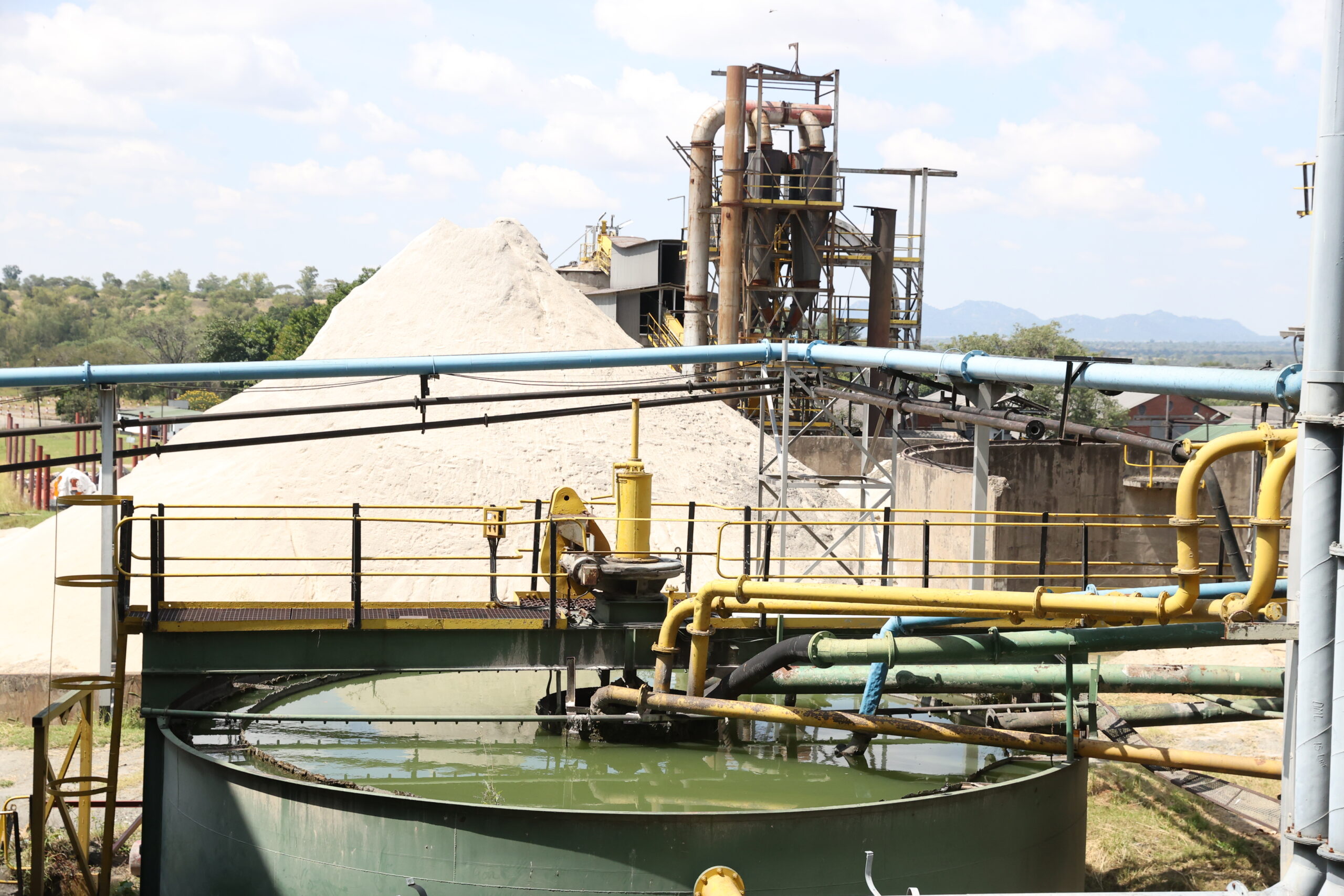
But, there is some light at the end of the tunnel, says Charidza. “Dorowa has been promised about US$16 million to meet the plant’s refurbishment costs. If that money is availed, there is no reason why we cannot go back to the good old days when we operated at name-plate capacity,” the production manager told Brick by Brick magazine.
The project manager, Engineer Mollin Siwela, echoed Charidza’s sentiments: “We need to refurbish our plant so that we bring it back to its name-plate capacity. Altogether, we require about US$16 million, but so far we have received only US$1 million, which went towards the purchase of ancillary equipment — an excavator and a front-end loader.
“We are waiting for the balance to replace some of the obsolete equipment at the plant. We are worried because the longer the delay the more problems we are going to create for ourselves. Preparations for the next farming season will start soon and farmers will have challenges securing adequate fertiliser. The country will end up importing basal fertiliser when we can save that foreign currency by refurbishing this plant.
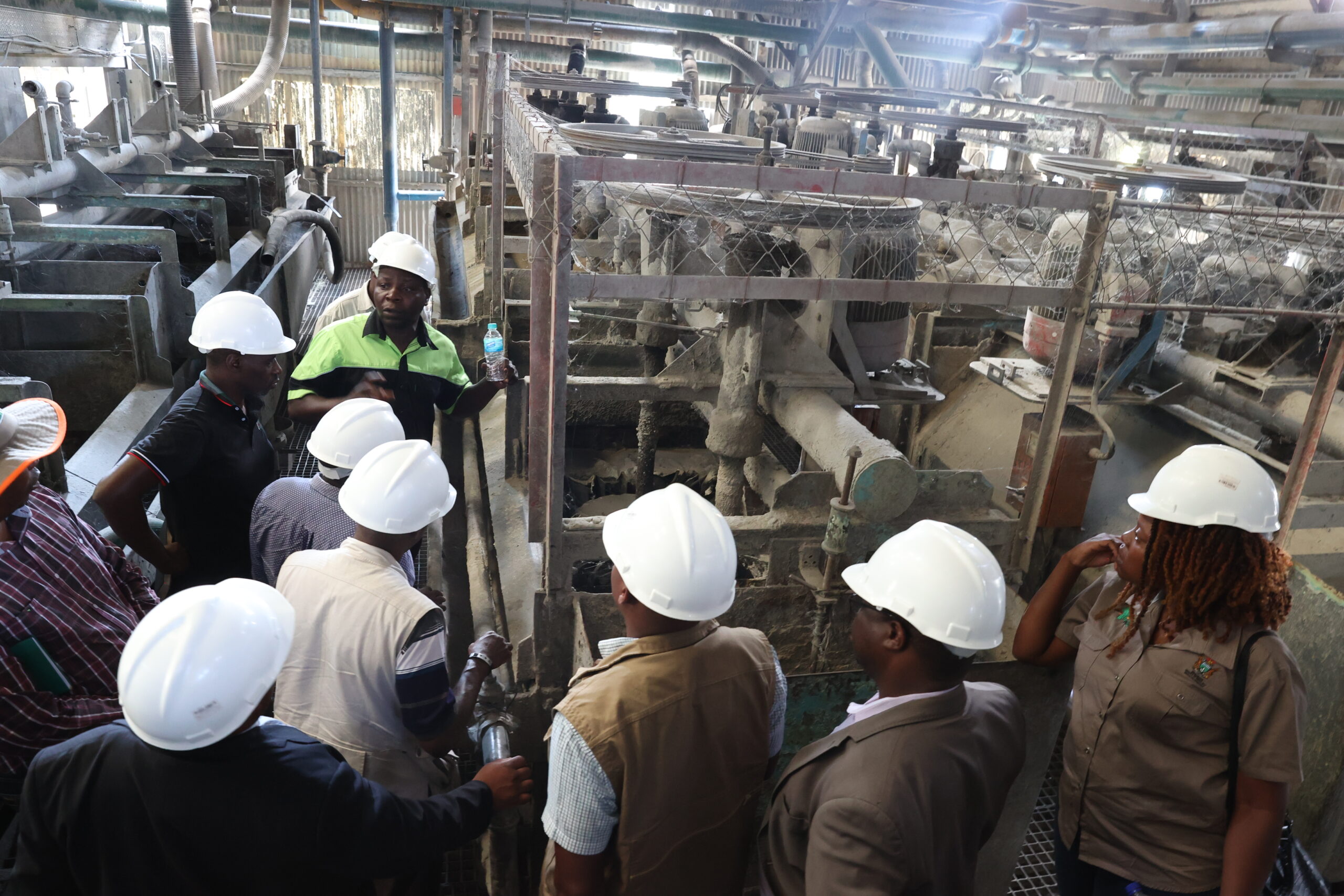
“Besides refurbishing the plant, we have plans to construct a 6,000-tonne-per month magnetite plant. The site has already been marked and construction work has already started. A South African firm was hired to come up with the engineering designs for the plant. We have already purchased some of the equipment for the plant from China.
“We have so far received a loan from our shareholders, about RTGS 250 million, which was around US$2.5 million at the time of disbursement. Unfortunately, it was eroded to about US$700,000 due to exchange rate volatilities. We used the US$700,000 to purchase some of the components required to build the magnetite plant. It is our desire to speed up the construction process, but due to funding constraints, we can’t do much at the moment.
“We are supposed to get the funds from the Treasury, but the scarcity of foreign currency seems to be the biggest challenge. This mine is the heart or engine of Zimbabwe’s agriculture. Unfortunately, we have not been given the priority we deserve in terms of resources allocation. This is worrisome, but we remain hopeful that the authorities will save Dorowa Minerals.”
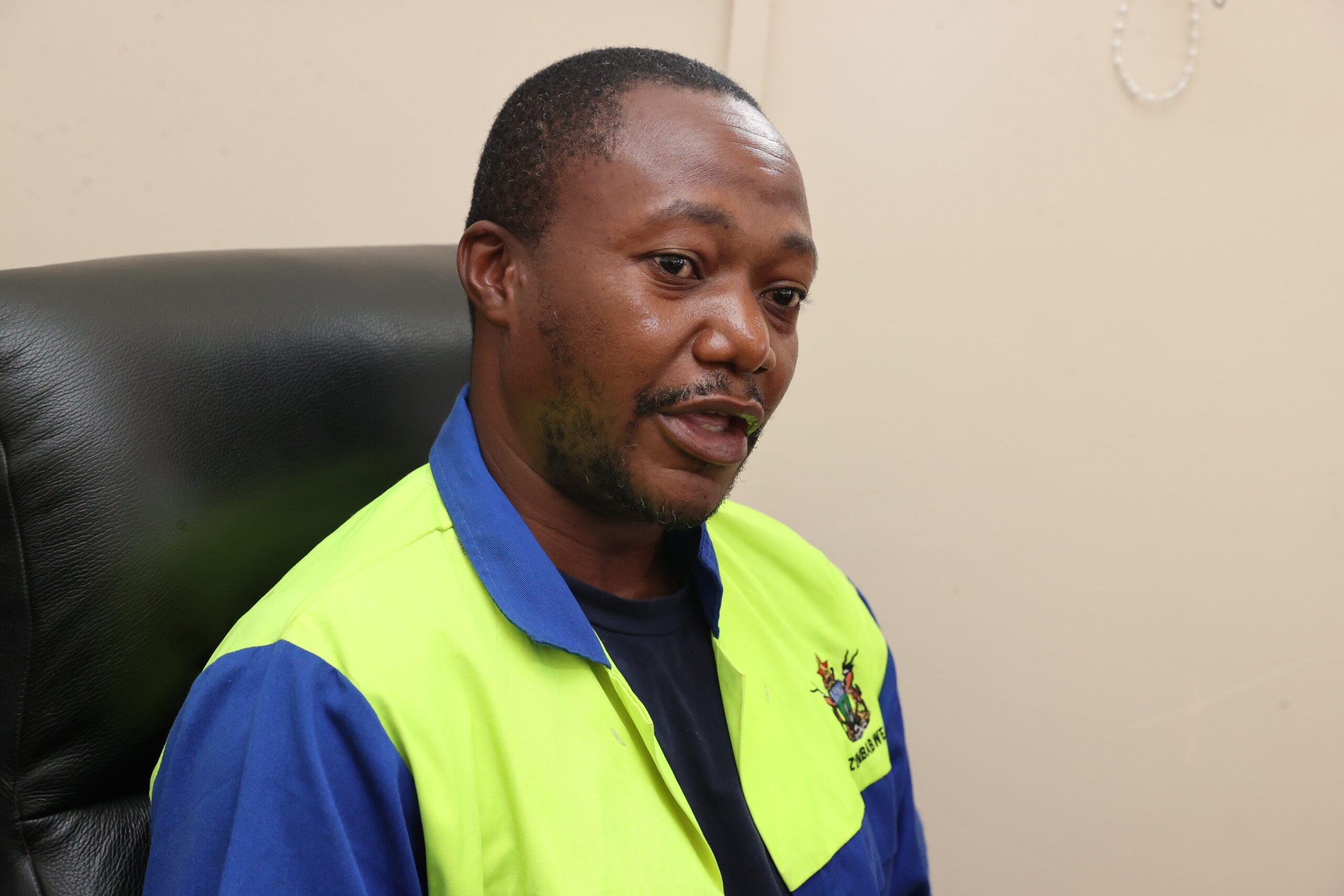
According to reports, the refurbishment of the mine has been split into 3 phases with the first phase requiring US$6 million. When complete, the first phase will more than double the plant’s phosphate production. The second and third phases will require US$5 million each.
Part of the money will be used to repair a 45 km underground pipeline that draws water from Save River. The pipeline is constantly bursting due to old age, resulting in plant stoppages and loss of valuable production time. Brick by Brick understands that the pipes were last attended to in the 1970s.
Although refurbishment was the buzzword during our initial interaction, Rubaya had other ideas.
“I have a challenge when you say you want to refurbish the Dorowa plant. This plant is far too old. It was commissioned way back in 1965. Why do we want to refurbish such an old plant? Are we not wasting money? My view is that we need something completely new, which is modern. This plant is almost like a dinosaur and you want to pour money into that dinosaur?” he reasoned.
Charidza was quick to respond: “There are long-term plans to build a new plant at Shava Mine, capable of producing phosphate on-site. As a result, there will be no need to transport the raw material to Zimphos in Harare, like we are currently doing. Fertiliser production will start and end here in Manicaland. These are our future plans.
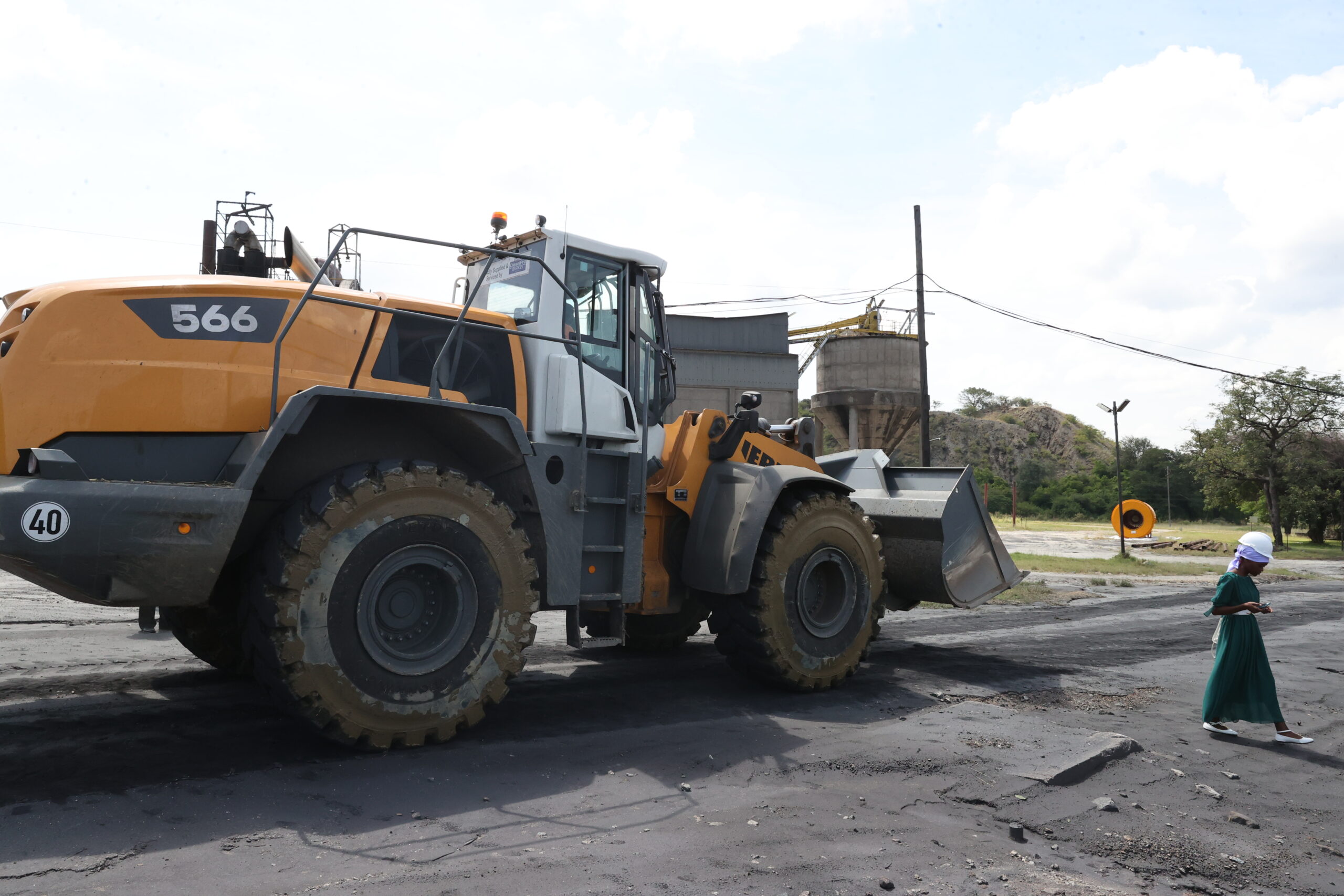
“As you know, it takes time to build a new plant, but the country still needs fertiliser. The US$16 million is meant to refurbish this old plant so that fertiliser production does not come to an abrupt stop. We have to continue producing fertiliser using this old plant. That is why we have to refurbish it. This is supposed to bridge the gap between now and the construction of the new plant.”
But the Brick by Brick managing editor, Baffour Ankomah, was not entirely convinced. “We are now in 2023, are you sure you will get spare parts to repair this old plant that was commissioned in 1965? he probed Charidza.
The production manager was adamant. “Yes, sure. It’s not like this plant is dead. We just need a few components to modernise it. I have been operating this plant for years and I know what I am talking about. It can still work with a few modifications. The spare parts are still available. The US$16 million is just bridging finance. Please allow me to repeat that we have plans to build a bigger and more modern plant at Shava Mine. Our feasibility studies have indicated that there are better ore resources, in terms of phosphate quality, at Shava Mine,” he said.
Is there hope for Dorowa Minerals? Or are Charidza and his colleagues merely putting on a brave face? But, most importantly, has the sole shareholder turned its back on the mine?
The answer to the last question is “No”. The government is very much alive to Dorowa Minerals’ plight. Several ministers have assured the nation that government will not sit back and watch the mine die. Here’s what the Minister of Industry and Commerce, Dr Sekai Nzenza, said at the beginning of 2022: “We are prepared to capacitate Dorowa Minerals with grants and prioritise it for tenders so that they mine to full capacity and help with local fertiliser production.”
The former Minister of State in the Office of the President and Cabinet, David Marapira, who at the time was in charge of monitoring the implementation of Special Agricultural and Related Programmes, made more or less similar commitments following a tour of the mine last year.
“Dorowa Mine is actually the foundation of agriculture in Zimbabwe. It is the source of the raw materials for the manufacture of basal fertiliser, and as government we will put in a lot of money through the Industrial Development Corporation (IDC) to improve phosphate production . . .
“We have to revamp the plant and make it more efficient. The overall vision is to have the mining of phosphate, it’s processing and manufacturing into all kinds of fertilisers done here. That is how we [are going to] create a local upper middle income economy by 2030,” he was quoted as saying.
Clearly, the authorities are aware of what needs to be done. It, however, boggles the mind why Dorowa Minerals is not being given top budgetary priority. While President Mnangagwa is walking the talk in terms of building the country brick by brick, it looks like some people are not even bothered about moulding the bricks.
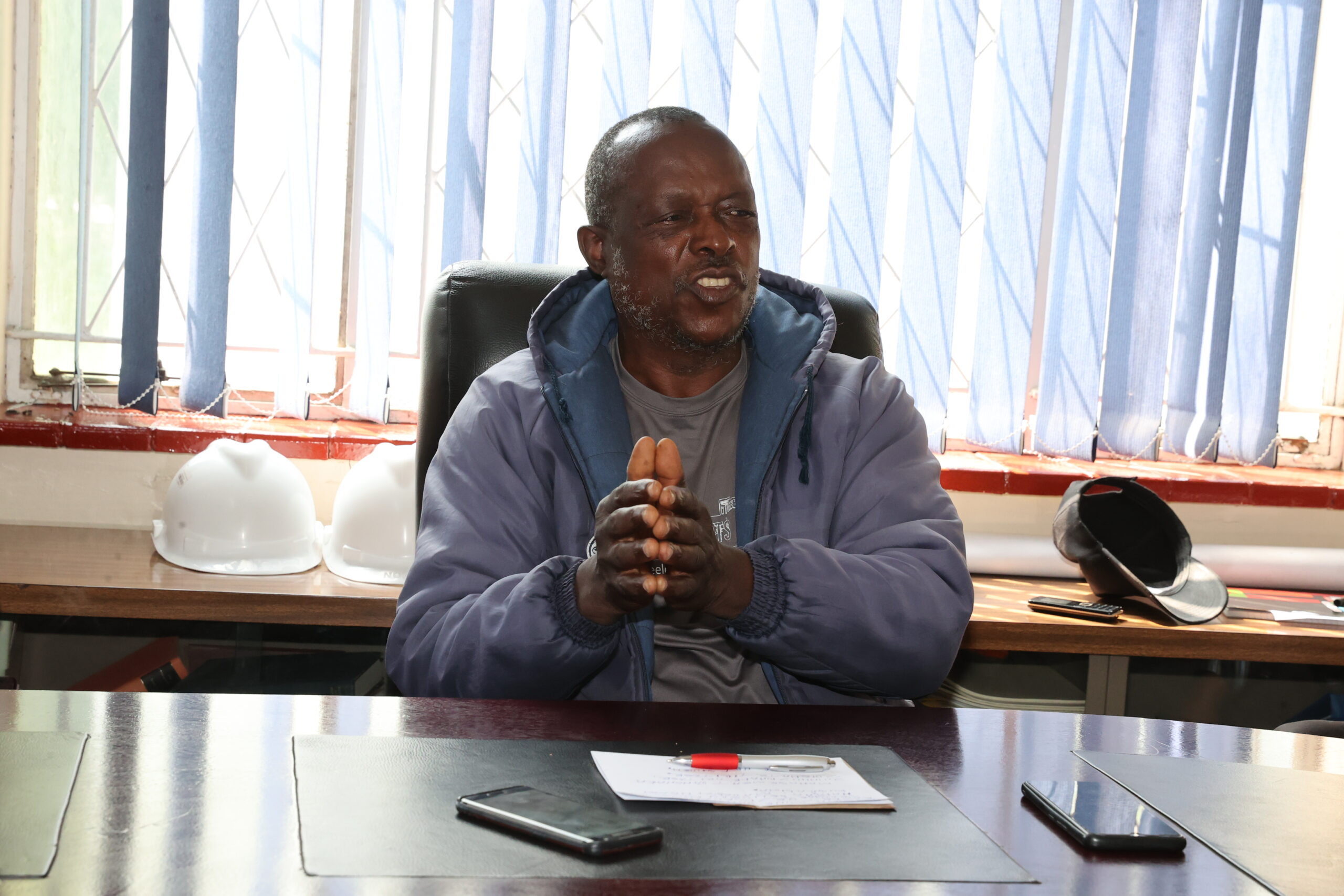
The provincial mining director for Manicaland Province, Elton Makumbe, who was in attendance, also shared his views.
“I think Manicaland is one of the emerging mining hubs in the country. We are witnessing a lot of mining companies investing in the province. We have quite a number of minerals that are contributing to the economic development of the province, like gold, lithium, diamonds and phosphate.
“However, we see Dorowa Minerals as the backbone of the province due to its role in terms of boosting the agricultural sector. Dorowa Minerals has massive potential, but as a province we have not optimised its production capacity to the fullest. The demand for phosphate is quite high, but the company has not been able to meet it. There is, therefore, an urgent need to capacitate Dorowa Minerals.
“In addition, Dorowa Minerals was a big player in terms of employment creation and the improvement of livelihoods in Buhera District. I feel the policymakers should move in and rescue the mine because it plays such an important role in providing the key raw material for the production of fertiliser,” he noted.
Although there was near unanimity on the need for Dorowa Minerals’ revitalisation, there were some divergent voices. And the most vocal was the councillor for Ward 9, Buhera District, Jokoniah Mubaiwa Mayepi, who attacked the management for forsaking the community.
“As someone who grew up in Buhera I know that Dorowa Minerals was the heartbeat of Zimbabwe. Our children used to get jobs here and the mine worked with the community to develop this area. But right now, Dorowa Minerals is as good as dead. They are talking about operating at 35% capacity, but there is nothing to show it. The mine is no longer the community’s best friend and it makes our hearts bleed. There is no meaningful communication whatsoever between the mine management and the community.”
Engineer Siwela did his best to douse the flames, saying: “We appreciate the community’s concerns, but for now let’s work together to ensure that Dorowa Minerals regains its former glory. Once that happens, the mine will be able to do more for the community.”
Councillor Mayepi was not in the mood for compromises and was on the verge of firing another salvo when Headman Bumhira, real name Webster Jongwe, played the role of peacemaker.
“I am employed by Dorowa Minerals. I agree that there is need for constant engagement between the mine and the community. Indeed, the community is not happy, but the issues highlighted by the councilor can be resolved. What is important for us is not to lose focus. What we need right now is to make sure the mine is refurbished,” he cautioned the irate councillor.
The headman’s words were endorsed by Charidza who said: “True, we are no longer serving the community like we used to do in the past because the company is struggling. Let’s join hands so that the company starts operating again at full capacity. All these other issues the community is complaining about will automatically fall into place.
“At the moment let’s focus on production. Remember that if we can’t produce phosphate, fertiliser production will go down and that will mean importing. Importing means more foreign currency going out of the country. There is an urgent need to prioritise Dorowa Minerals to save our agriculture.”



